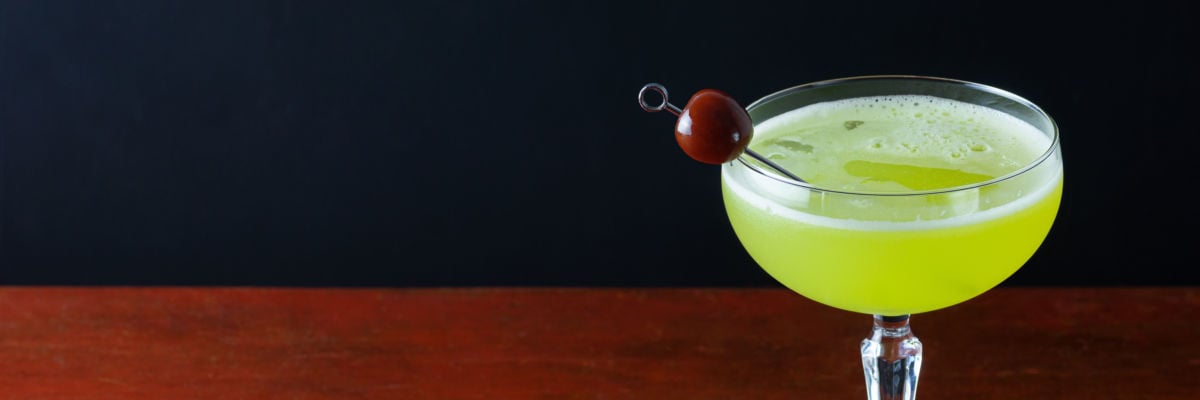
The Carthusians are a unique religious order in the Church. The order dates its existence to the late eleventh century, from the founder, St. Bruno (1030-1101). Although born in Cologne, Bruno spent much time in Reims (modern-day France), where he was appointed chancellor of the diocese in 1075.
Consumed with diocesan administration for years, Bruno could not fulfill his desire to retire from the world in solitude to grow closer to God. Eventually, he left Reims and, along with six companions, settled in the Chartreuse Mountains near the town of Grenoble, where they built a small monastery and founded the Carthusian Order in 1084.
His time of solitude was brief, as Bruno left the refuge of the monastery in 1090 at the request of his former pupil (Eudes of Châtillon), who was now Pope Urban II. The pope needed Bruno’s administrative skills to assist in the ongoing eleventh-century reform movement. For the next decade, the Carthusian founder worked tirelessly behind the scenes for the good for the Church, and he went to his eternal reward in the early twelfth century.
Bruno’s order was unique in that it combined eremitical (solitary) and cenobite (community) monasticism. The monks lived in separate cells but gathered together for prayer and fellowship. The Carthusians built their monasteries in rural areas far from human habitation, a practice that continues into the modern day. The uniqueness of the order’s daily life is rooted in the “desert, the enclosure, and the cell,” which provides the environment for the Carthusian to practice “consecrated solitude” so that he can be “alone with the Alone.”
The austerity and simplicity of Carthusian life is beautifully illustrated in the 2005 film Into Great Silence by director Philip Gröning (a film that took five years to produce). The Carthusians are known for their intense piety and strict obedience to their way of life, prompting one pope to write the order “need not be reformed, for it has never been deformed.”
There are not many celebrated individual Carthusians due to the order’s axiom that “the charterhouse makes saints but does not make them known.” In its nearly nine hundred and fifty years, there has never been a Carthusian pope, nor more than a hundred bishops. The order has witnessed martyrs in its history, including several English Carthusians in the sixteenth century, who refused to take the Oath of Supremacy advocating King Henry VIII as “head of the Church,” and numerous French Carthusians in the eighteenth century, who were martyred during the dark days of the French Revolution.
Despite the desire for anonymity, knowledge of the order, especially outside the Catholic world, increased in the nineteenth century due to the distillation of a special spirit known as the Elixir de Santé (“elixir of life”). The unique and tasty liqueur comes in pale green and yellow versions (with differing alcohol content) and is sold under the brand name Chartreuse (from the name of the motherhouse La Grande Chartreuse in the mountains of France).
The elixir has a history as mysterious and distinctive as the Carthusians. The story begins in the early seventeenth century, when the Carthusians were given a secretive document containing a list of plants along with some general instructions for concocting a drink mixture that would help contribute to good health and produce a long life. Focused on prayer and monastic life, and coupled with the loss of the whereabouts of the manuscript for over a century, the Carthusians did not allocate the time or resources necessary to develop the elixir. However, the manuscript was recovered in 1736 by Michel Brunier de Larnarge, who became general of the order in 1737. Through trial and error, the monks in 1764 finally developed the formula for the famous pale green liqueur. (The yellow version was crafted in the following century.) The exact recipe is secret and known by only three monks, who never travel together, so that, should tragedy strike, the formula would not be lost. The only available information about the elixir’s contents is that it is made from 130 local herbs and flowers gathered by the Carthusians.
From the mid- to late eighteenth century, the monks focused on distilling the green spirit and producing small batches, with limited distribution, until 1792, when the Carthusians were expelled from their home monastery by French revolutionaries during the Reign of Terror. The original botanical manuscript and secret formula were passed hand to hand for safekeeping among the monks and their friends until the early nineteenth century, when the Carthusians were allowed to return to the La Grande Chartreuse and restart their distillation efforts.
The next twenty years witnessed small production batches and limited distribution until the middle of the nineteenth century, when the elixir was exported to cities throughout France and Italy. With the increase in production came concerns that the distillery work would impact the central mission of the order, so, in 1864, Pope Bl. Pius IX (r. 1846-1878) recommended that the monks move the distillery from the monastery to the nearest town to focus on prayer and the contemplative life. Limited production continued into the early twentieth century, but the establishment of an anti-religious government during the Third Republic forced the Carthusians to move the distillery to Spain, where it suffered damage in 1938 during the Spanish Civil War. That same year, awareness of the tasty green liqueur increased due to its appearance in the Alfred Hitchcock film The Lady Vanishes, starring Margaret Lockwood and Michael Redgrave.
Another important chapter in the history of the elixir began in the 1950s, when the name “Chartreuse” alone was featured on the bottle label, and an intensive marketing campaign utilizing radio and film began. Sales increased substantially, especially in the American market due to the popular Swampwater cocktail. Sales decreased in the early 1980s but began to rise again in the 1990s and reached the pinnacle in the early 2000s as the elixir rose to prominence in the exploding craft cocktail scene. Chartreuse became the featured spirit in a multitude of cocktails, including the drinks the Last Word, the Green Martini, and the Swizzle. (It can also be enjoyed as a digestif, neat or on the rocks.) The elixir found unsuspecting admiration from the music group ZZ Top in 2012 with the tribute song “Chartreuse” after the band discovered the spirit at a French music festival.
The cocktail world was surprised in January 2023, when the Carthusians announced their decision to limit production of the elixir. This shocking decision elicited articles in the Wall Street Journal, the New York Times, and various wine and spirit trade journals. The growing popularity and demand to increase production of the elixir placed too many secular burdens on the Carthusians, who made the decision to limit their distillation work to focus on prayer and their unique charism of consecrated solitude. The elixir has become difficult to obtain in the United States and has led to purchase limits and hoarding, which has also increased the cost of available bottles.
Those who want to continue to enjoy the benefits of the “elixir of life” may be unable to do so, but the world will benefit more from the prayers offered by these spiritual warriors of Saint Bruno.



